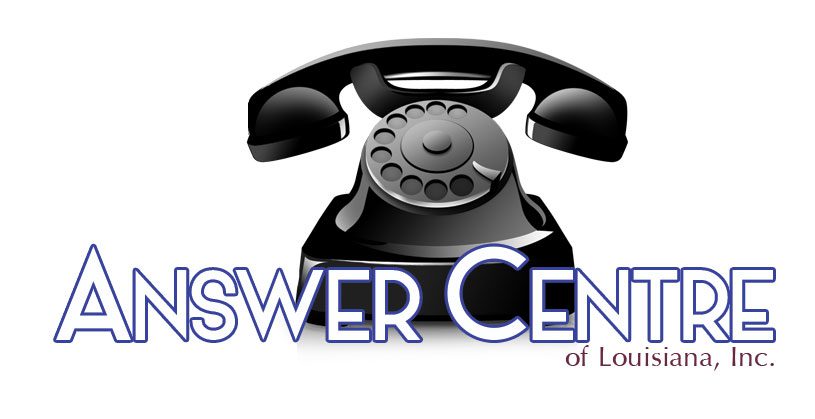In today’s competitive business landscape, delivering top-notch service quality is crucial for maintaining customer satisfaction and fostering long-term loyalty. Assessing and measuring service quality can be challenging, but with the right metrics, businesses can gain valuable insights to enhance their service offerings. This article delves into the essential metrics for measuring service quality and how they can be leveraged to drive continuous improvement.
Importance of Measuring Service Quality
Before diving into specific metrics, it’s essential to understand why measuring service quality is important. By quantifying service quality, businesses can:
- Identify areas for improvement.
- Increase customer satisfaction and retention.
- Enhance operational efficiency.
- Benchmark performance against competitors.
- Drive strategic decision-making.
Now, let’s explore the key metrics used to measure service quality.
Net Promoter Score (NPS)
Net Promoter Score (NPS) is a widely used metric that gauges customer loyalty by asking one simple question: How likely are you to recommend our service to a friend or colleague? Respondents rate their likelihood on a scale from 0 to 10. Based on their responses, customers are categorized into:
- Promoters (9-10): Loyal enthusiasts who will keep buying and refer others.
- Passives (7-8): Satisfied but unenthusiastic customers who are vulnerable to competitive offerings.
- Detractors (0-6): Unhappy customers who can damage your brand through negative word of mouth.
The NPS is calculated by subtracting the percentage of Detractors from the percentage of Promoters. A higher score indicates a higher level of customer satisfaction and loyalty.
Customer Satisfaction Score (CSAT)
Customer Satisfaction Score (CSAT) measures a customer’s satisfaction with a specific interaction or overall service. Typically, CSAT surveys ask customers to rate their satisfaction on a scale from 1 to 5 or 1 to 10. The CSAT score is calculated by dividing the number of satisfied customers (those who rate the service 4 or 5) by the total number of respondents and then multiplying by 100 to express it as a percentage.
CSAT is a straightforward and effective way to identify satisfaction levels with different aspects of service and to pinpoint specific areas that need improvement.
First Response Time (FRT)
First Response Time (FRT) measures the average time it takes for a service representative to respond to a customer inquiry or issue. A shorter FRT is generally associated with higher customer satisfaction, as prompt responses demonstrate attentiveness and a commitment to resolving issues efficiently.
Monitoring FRT helps businesses assess the effectiveness of their customer support teams and identify opportunities to streamline processes and allocate resources more effectively.
Customer Effort Score (CES)
Customer Effort Score (CES) evaluates the ease with which customers can get their issues resolved or find the information they need. Typically, CES surveys ask customers to rate the effort required on a scale from very difficult to very easy. Lower effort scores indicate a better customer experience, as customers prefer minimal friction when interacting with a business.
By reducing customer effort, companies can enhance satisfaction, increase loyalty, and reduce churn rates.
Service Level Agreements (SLAs)
Service Level Agreements (SLAs) are contractual commitments between a service provider and a customer that define the expected level of service. SLAs often include metrics such as uptime, response times, and resolution times. Monitoring SLA compliance helps ensure that service delivery meets the agreed-upon standards and identifying any deviations from these standards can prompt targeted improvements.
Customer Retention Rate
Customer Retention Rate measures the percentage of customers who continue to use a company’s services over a specific period. A high retention rate indicates that customers are satisfied and loyal, while a low rate suggests potential issues that need to be addressed. Retention rate is calculated by dividing the number of customers at the end of a period by the number at the start and multiplying by 100.
Improving customer retention is often more cost-effective than acquiring new customers, making this metric invaluable for long-term business success.
Conclusion
Measuring service quality is essential for understanding customer needs, enhancing satisfaction, and driving business growth. By leveraging metrics such as NPS, CSAT, FRT, CES, SLAs, and customer retention rate, businesses can gain a comprehensive view of their service performance and identify actionable insights to improve their offerings continuously. Consistent monitoring and analysis of these metrics will enable companies to deliver exceptional service and maintain a competitive edge in the market.


